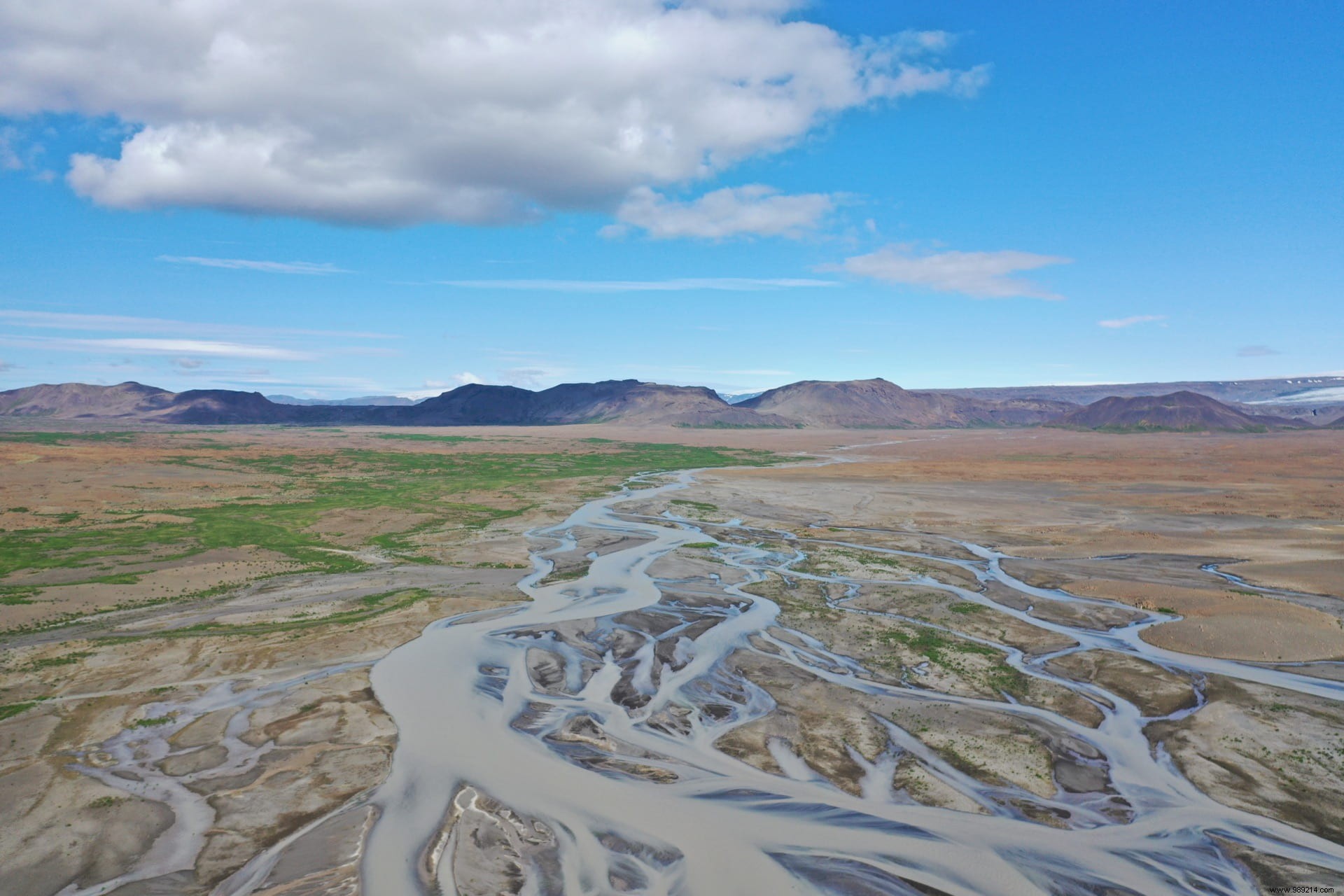For almost a decade, the Curiosity rover has been delivering important data about Mars. These relate in particular to the physics and chemistry of the rocks of the Gale crater, which once contained a large body of water. US researchers have recently found similar rocks on Earth to assess the actual Mars climate 3.5 billion years ago.
Since 2012 and the start of the NASA Curiosity rover mission, the latter has been exploring the Gale crater. It is an impact crater approximately 155 km in diameter located in the quadrangle of Aeolis. However, many researchers agree that a long time ago, this area was home to a lake . However, the question of the climate of the planet Mars is still the subject of debate. Indeed, some scientists believe that Mars experienced a hot and humid period during which lakes and rivers were very present. Others believe that the Red Planet was drier and covered in glaciers. However, the information that the Curiosity rover regularly delivers is not enough to decide clearly on this issue.
A team of researchers from Rice University (USA) published a study in the journal JGR Planets on January 11, 2021. The scientists explain that they compared the rover's data with geological information obtained on Earth.

According to the study, a very serious candidate has been chosen:Iceland. Its basaltic terrain and rather cool weather throughout the year (3°C on average) are conditions most similar to those of Mars 3.5 billion years ago. According to the team, the sedimentary rocks of the Gale crater would have been the subject of a picking past in the two scenarios mentioned above. At that time, Mars may have had a freezing climate, but it was able to maintain liquid water. in lakes for long periods of time.
“The range of climates on Earth allowed us to calibrate our thermometer to measure the temperature that prevailed on Mars at the time. The Earth has provided us with an excellent laboratory to observe the effects of different climatic variables on the weathering of rocks. On Mars, temperature had the strongest effect,” said Kirsten Siebach, one of the study's authors, in a statement.
You should know that the leaders of the study took into account a significant range of terrestrial rocks to build their hypothesis. The rocks therefore came from Iceland but also from the Hawaiian archipelago, or even from the Antarctic continent.